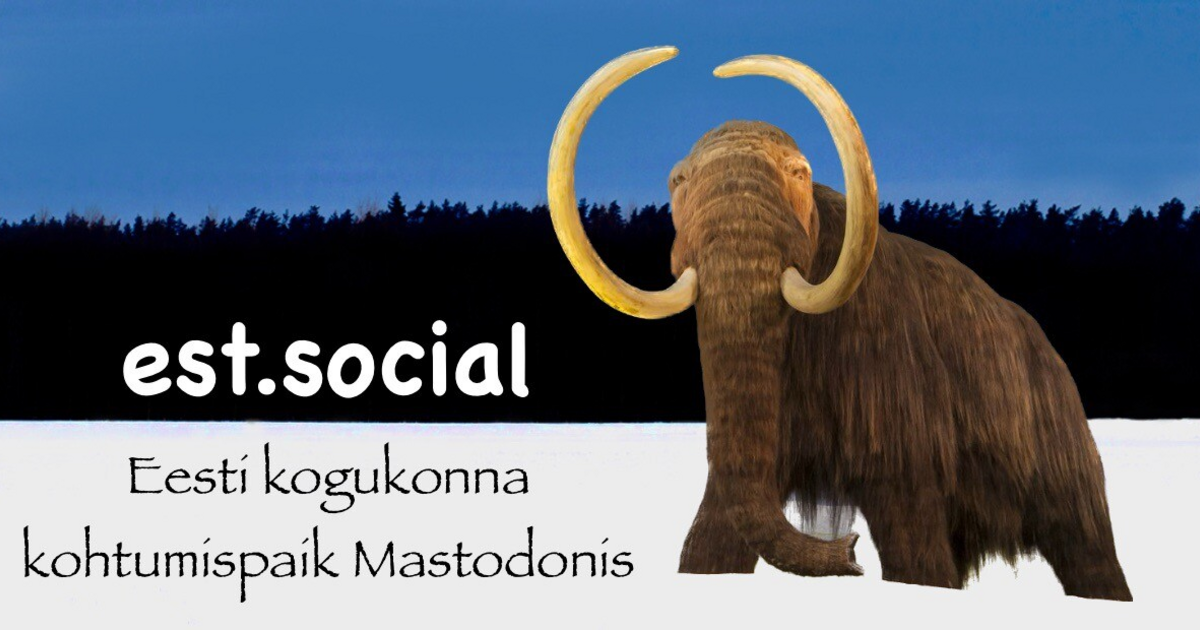https://www.europesays.com/1807376/ Assessing the disconnect between student interest and education in artificial intelligence in medicine in Saudi Arabia | BMC Medical Education #AI #ArtificialIntelligence #ClinicalPracticeCurriculum #HealthCare #MedicalEducation #Pathology #radiology #SpecialtyChoice #TheoryOfMedicine/Bioethics
Viimatised otsingud
Otsimisvalikud
#pathology
Job - Alert
DAAD-GSSP SCHOLARSHIPS FOR INTERNATIONAL PHD STUDENTS
Deadline: 2025-02-28
Location: Germany, Darmstadt, Hessen
We conclude that healthy older adults show evidence of mitochondrial impairment and muscle weakness, but that this can be partially reversed at the phenotypic level, and substantially reversed at the transcriptome level, following six months of resistance exercise training.
#science #aging #exercise #physiology #biology #pathology #muscles #training #health
https://journals.plos.org/plosone/article?id=10.1371/journal.pone.0000465

There is strong evidence of brain-related abnormalities in COVID-19.
However, it remains unknown whether the impact of #SARS-#CoV-2 infection can be detected in milder cases,
and whether this can reveal possible mechanisms contributing to brain #pathology.
Here we investigated #brain #changes in 785 participants of UK Biobank (aged 51–81 years) who were imaged twice using magnetic resonance imaging,
including 401 cases who tested positive for infection with SARS-CoV-2 between their two scans
—with 141 days on average separating their diagnosis and the second scan
—as well as 384 controls.
The availability of pre-infection imaging data reduces the likelihood of pre-existing risk factors being misinterpreted as disease effects.
We identified significant longitudinal effects when comparing the two groups, including
(1) a greater reduction in grey matter thickness and tissue contrast in the orbitofrontal cortex and parahippocampal gyrus;
(2) greater changes in markers of tissue damage in regions that are functionally connected to the primary olfactory cortex; and
(3) a greater reduction in global brain size in the SARS-CoV-2 cases.
The participants who were infected with SARS-CoV-2 also showed on average a greater cognitive decline between the two time points.
Importantly, these imaging and cognitive longitudinal effects were still observed after excluding the 15 patients who had been hospitalised.
These mainly limbic brain imaging results may be the in vivo hallmarks of a degenerative spread of the disease through olfactory pathways,
of neuroinflammatory events,
or of the loss of sensory input due to anosmia.
Whether this deleterious effect can be partially reversed, or whether these effects will persist in the long term, remains to be investigated with additional follow-up.
The gut knows: "Stress can make people feel sick, and bacteria in the gut might be to blame, according to a study1 in mice. The research suggests that a stressed brain directly shuts down specific glands in the gut, affecting gut bacteria and the body’s broader immune system."
#science #immunology #pathology #neurobiology #microbiology #health #stress
https://www.nature.com/articles/d41586-024-02557-5#Echobox=1723136824



